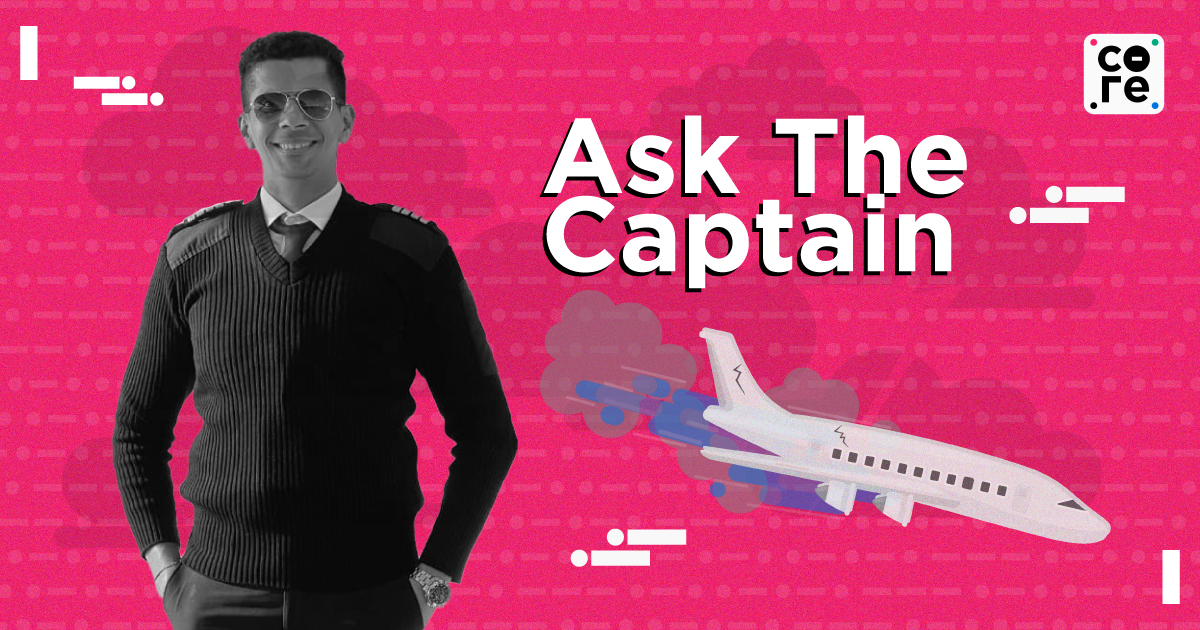
- Home
- Top Stories
- What Causes Turbulence On Aeroplanes?
What Causes Turbulence On Aeroplanes?
Turbulence is caused by up-and-down currents that disrupt the normal flow of air and hence cause an aircraft to move up or down. But what are the other reasons that cause turbulence?

Have you ever felt an aircraft going in an upward or downward direction while traveling in one? It was most likely ?going through an air pocket?. The air pocket is a more common term used in aviation for turbulence, meaning disturbed or rough air.
Turbulence is caused by up-and-down currents that disrupt the normal flow of air and hence cause an aircraft to move up or down.
Turbulence can be felt at any altitude, in any geographical location, and at any time of year. However, the type of turbulence and the reasons behind it may differ.
Let?s look at what causes turbulence ? from the ground and go all the way up to cruising altitudes.
Turbulence From Gusts And Jet Streams
While taking off and landing, aircraft experience gusts, which is a rapid increase in wind strength for a short duration. Due to this sudden change of wind speed and sometimes wind direction, the airplane gets disturbed from its original flight path and passengers feel bumpiness when closer to the ground.
Then there is turbulence which is caused by uneven heating due to the different types of ground surfaces like roads, grass, river, woods, fields and so on. It could also be caused by the normal airflow being obstructed because of the physical structures lik...
Have you ever felt an aircraft going in an upward or downward direction while traveling in one? It was most likely “going through an air pocket”. The air pocket is a more common term used in aviation for turbulence, meaning disturbed or rough air.
Turbulence is caused by up-and-down currents that disrupt the normal flow of air and hence cause an aircraft to move up or down.
Turbulence can be felt at any altitude, in any geographical location, and at any time of year. However, the type of turbulence and the reasons behind it may differ.
Let’s look at what causes turbulence — from the ground and go all the way up to cruising altitudes.
Turbulence From Gusts And Jet Streams
While taking off and landing, aircraft experience gusts, which is a rapid increase in wind strength for a short duration. Due to this sudden change of wind speed and sometimes wind direction, the airplane gets disturbed from its original flight path and passengers feel bumpiness when closer to the ground.
Then there is turbulence which is caused by uneven heating due to the different types of ground surfaces like roads, grass, river, woods, fields and so on. It could also be caused by the normal airflow being obstructed because of the physical structures like buildings, hills or mountains.
At higher altitudes, turbulence can also occur in clear air. This is referred to as clear air turbulence (CAT). This could be caused by air getting disturbed due to mountain ranges below or crossing a jet stream. The air over mountains is not stable because of the uneven terrain below it and the flow of air is dependant on the speed of the wind and the length and height of the mountain.
ALSO READ: Is It Dangerous To Fly During Monsoons?
The effect due to mountain ranges could at times be felt all the way up to 20,000 feet to 30,000 feet above the mountain range, which is the typical cruising altitude of a passenger jet.
A jet stream is a strong narrow horizontal current of air. The speeds in these could go up to 150 knots (278 km/hr). Crossing these jet streams causes turbulence during the cruise. Pilots normally report the altitude and intensity of any upper air turbulence to the Air Traffic Control as light, moderate or severe for the benefit of others flying in the same area.
By the way, flying in the direction of the jet streams is one of the reasons you might notice that time taken for flying from A to B is sometimes lesser than the time taken to fly from B to A. An example in India would be during the winters flying from anywhere in west India to some place in east India.
Thunderstorms Are A Hazard Too
One of the biggest aviation hazards that can create severe turbulence is thunderstorms. Besides turbulence, they can cause heavy showers, hail, lightning, and wind shear. Thunderstorms can be found ranging from close to the ground to at times more than 45000 ft! Pilots stay away from them by miles due to all the hazards associated with them.
Turbulence is caused by up-and-down currents that disrupt the normal flow of air and hence cause an aircraft to move up or down. But what are the other reasons that cause turbulence?

